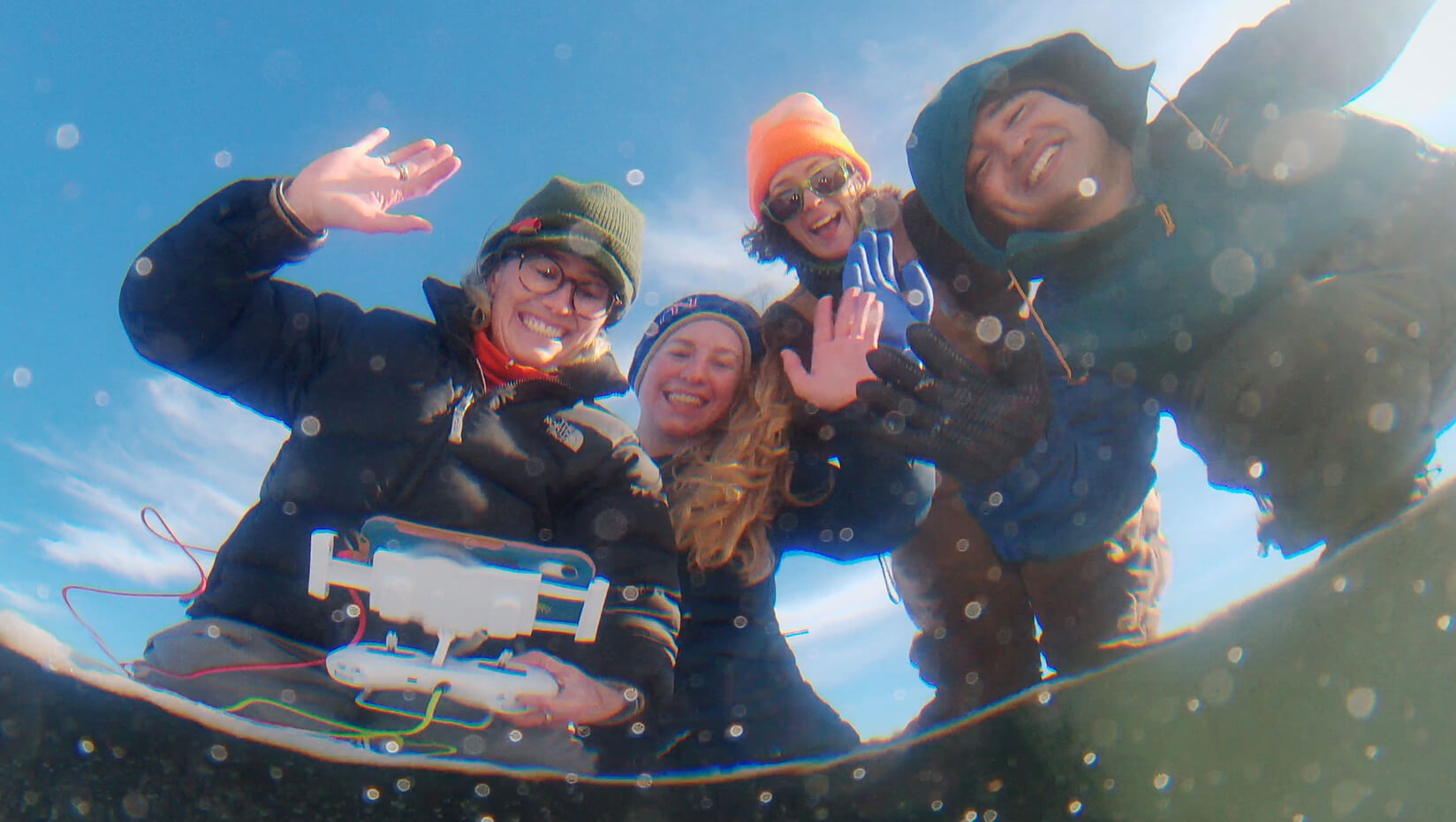
Researchers highlight value of communicating across disciplines
Collaborating across different fields of study is an important element of addressing climate change and societal challenges. By looking at a particular multidisciplinary project, a group of University of Maine researchers showed how communication shapes collaboration in many different ways.
UMaine researchers from a range of disciplines — including anthropology, ecology and environmental science, genetics, journalism, marine science and Native American studies — collaborated on a study published in the journal Frontiers in Communication. The researchers looked at communication among partners from different disciplines in developing science for coastal resilience using environmental-DNA, or eDNA.
eDNA is generally defined as genetic material free in the environment rather than collected directly from organisms themselves. It is a relatively new application of genetic technologies, particularly for larger plants and animals, so definitions and applications are still developing among academic researchers and communities of environmental managers and other practitioners.
The researchers conducted their research as part of the Maine-eDNA Project, a statewide, multi-institutional initiative funded by the National Science Foundation (NSF). The goal of the Maine-eDNA project is to establish the state as a national leader in environmental monitoring, ecological understanding and sustainability of coastal ecosystems.
“The Maine-eDNA Project is transdisciplinary. Our goal is to create knowledge about eDNA in ways that support decision making about water quality, fisheries stewardship, and climate adaptation. Communication shapes all aspects of how we create knowledge together,” says Bridie McGreavy, associate professor of environmental communication and lead author of the study.
The researchers used ethnographic research techniques to investigate how strategic communication influences this large-scale collaboration by observing and participating in Maine-eDNA Project meetings and interviewing team members in different roles, from varied disciplines and demographic backgrounds. They used a technique known as knowledge mapping to identify different perceptions and definitions of eDNA across the group, and to foster discussion about how the transdisciplinary nature of the project creates space to explore the ethical issues associated with the new science.
They also are working on an anti-oppressive data management approach known as Biocultural Labels to address differences in what “data” means, and to take a more equitable approach to data management and sharing, especially with Wabanaki Tribal Nations.
The published results showed that participants had different definitions of eDNA, and of communication and expertise, but they also showed both reflexive and relational approaches to communicating across these differences. Because eDNA is a relatively new science, participants might be more flexible in their definitions than in previous related studies. Many participants also had been part of transdisciplinary studies before and drew upon that experience to inform how they approached this project.
The researchers’ engaged approach — participating as team members while also conducting research related to the project — has already contributed to more equitable collaborative practices. For example, one of the interview questions asked about the kinds of visual images participants use to communicate about eDNA, which created an opportunity for a participant to raise a concern about the ethical implications of using the double helix as a visual image in light of the relationship between DNA research, colonialism and eugenics.
Sharing this concern and the lived experiences and academic history underlying it promoted project-wide efforts to use questions about ethics to grapple with the intersections between language, knowledge and power. This rich dialogue has led to a series of presentations as part of the project, including a half-day ethics workshop. Invited speakers with diverse perspectives about Indigenous ethics, applied biomedical ethics and environmental ethics participated. Another outcome of the ongoing focus on ethics has been integration of related research and emerging best practices in the project’s two graduate courses.
“Our engaged research is helping us understand how communication shapes transdisciplinary collaboration. This approach builds capacity for ethical communication practices, such continually posing questions about shared responsibilities in doing this work. This research can provide a model for related efforts that aim to create knowledge in inclusive, equitable, and transdisciplinary ways,” says McGreavy.
Contact: Sam Schipani, samantha.schipani@maine.edu
